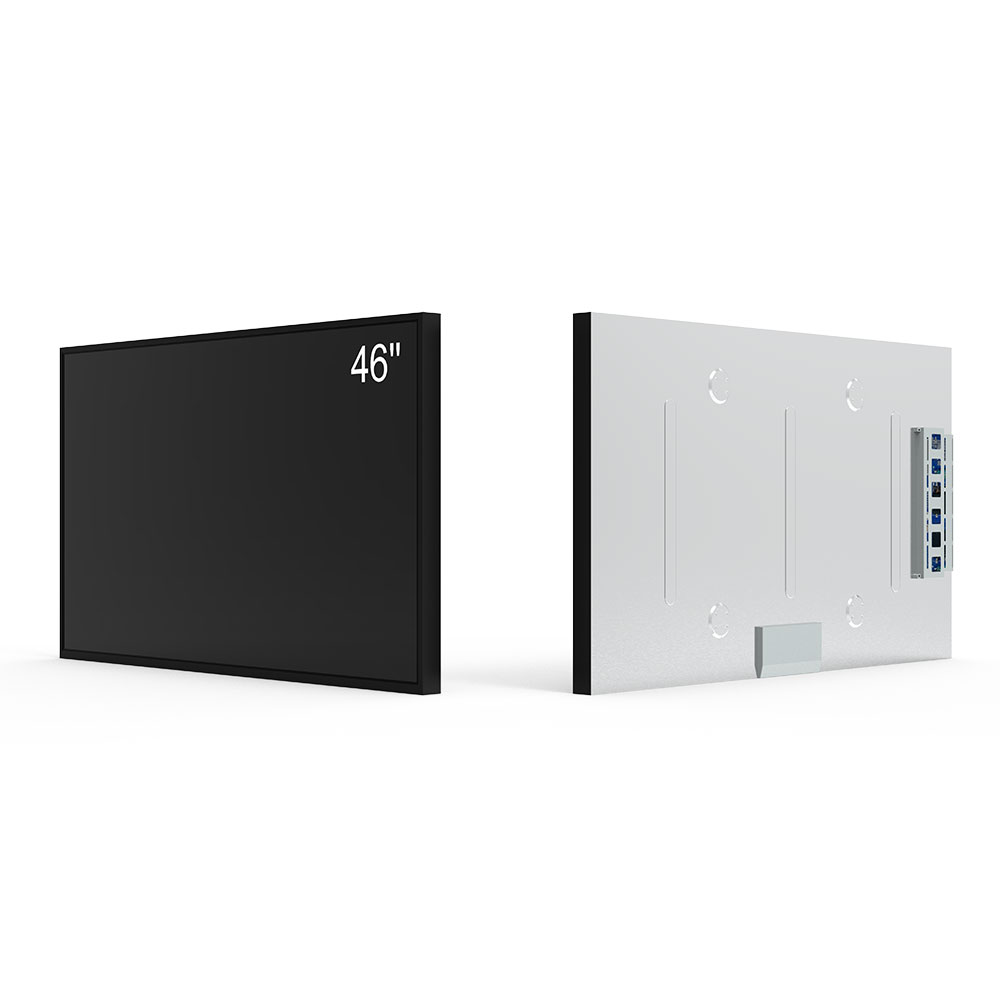Sunlight readable high brightness LCD screens are essential in outdoor and harsh environmental applications where visibility under direct sunlight is critical. These displays typically exceed 5,000 nits of brightness—significantly higher than standard indoor LCDs that range from 200 to 500 nits. The increased luminance ensures clear readability even in full daylight, making them indispensable for industries such as defense, transportation, industrial automation, and medical devices.
The core technology behind these displays involves advanced backlighting systems, such as high-efficiency LED arrays with diffusers optimized for uniform light distribution. Unlike conventional LCDs that rely on ambient light reflection, sunlight readable screens use active illumination to overpower external lighting conditions. This is achieved through intelligent brightness control algorithms that dynamically adjust output based on real-time ambient light sensors—a feature known as automatic brightness adjustment (ABA). According to the International Electrotechnical Commission (IEC) standard IEC 62374, display performance in bright environments must meet specific thresholds for contrast ratio, color accuracy, and response time.
Additionally, anti-reflective coatings and polarized glass layers reduce glare by minimizing surface reflections. Some models incorporate a dual-layer polarizer system that further enhances contrast and reduces eye strain—a key consideration for operators working long shifts outdoors. In military applications, MIL-STD-810G compliance ensures durability against vibration, shock, temperature extremes, and humidity, while IP65 or higher ratings protect against dust and water ingress.

Case studies from leading manufacturers like Crystalfontz and EIZO demonstrate successful deployment in solar farms, public transit kiosks, and emergency response vehicles. For example, a solar power monitoring system using a 7,000-nit sunlight readable screen maintained 99% operational clarity during peak sun hours, improving maintenance efficiency by 30%. Similarly, a bus information terminal installed in Singapore’s tropical climate remained fully functional despite intense UV exposure and frequent rain, thanks to its IP67-rated housing and adaptive brightness features.
As demand grows in smart cities and IoT-enabled infrastructure, future developments will focus on energy-efficient designs using mini-LED and micro-LED backlights, which promise better power consumption and deeper blacks without sacrificing brightness. Engineers must also consider thermal management—high-brightness operation generates more heat—and integrate passive cooling solutions such as aluminum heat sinks or phase-change materials.

In summary, sunlight readable high brightness LCD screens combine robust engineering, rigorous standards compliance, and real-world adaptability to deliver reliable visual performance in challenging conditions. Whether deployed in defense logistics or urban public services, they represent a convergence of optical science, material innovation, and user-centric design.








